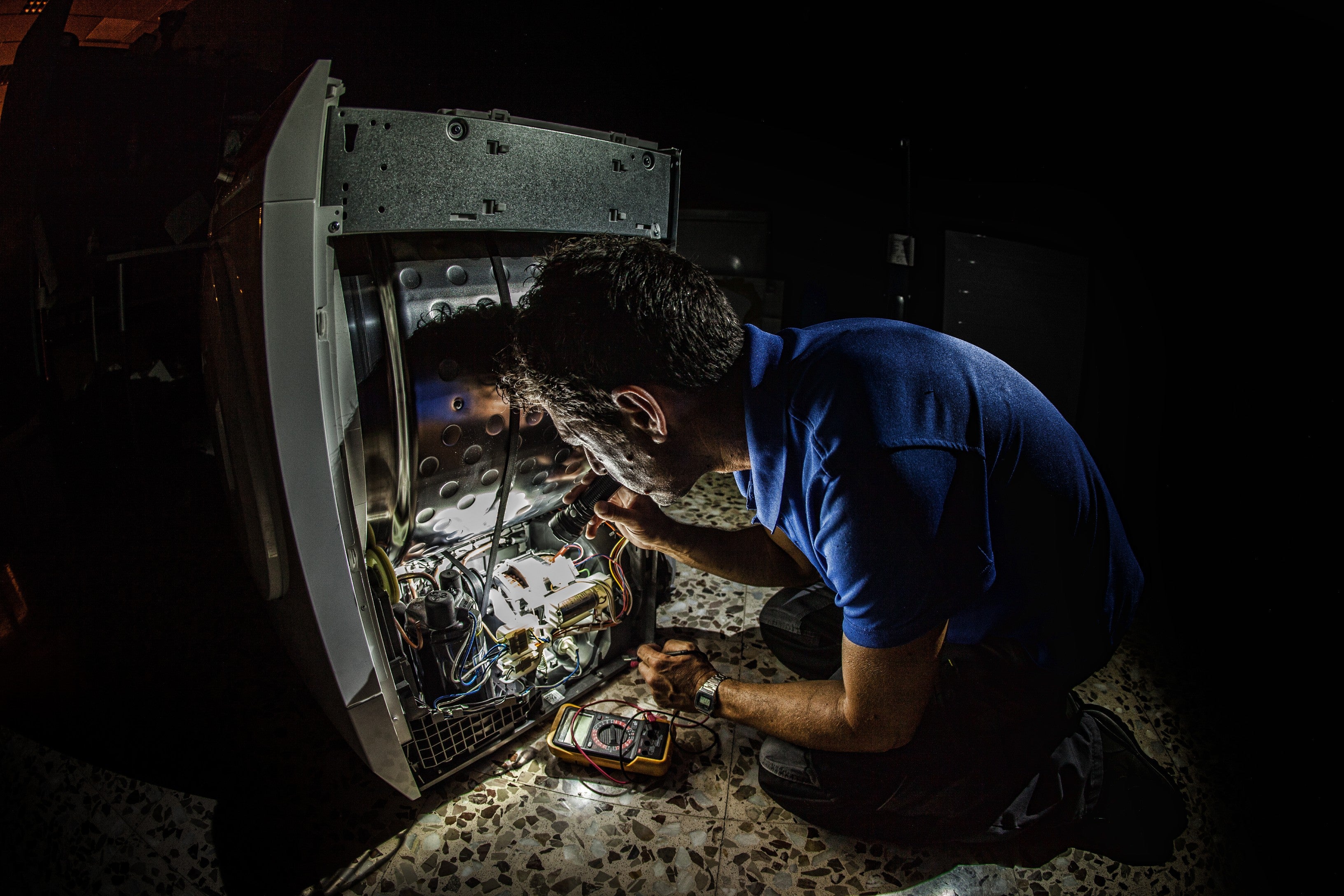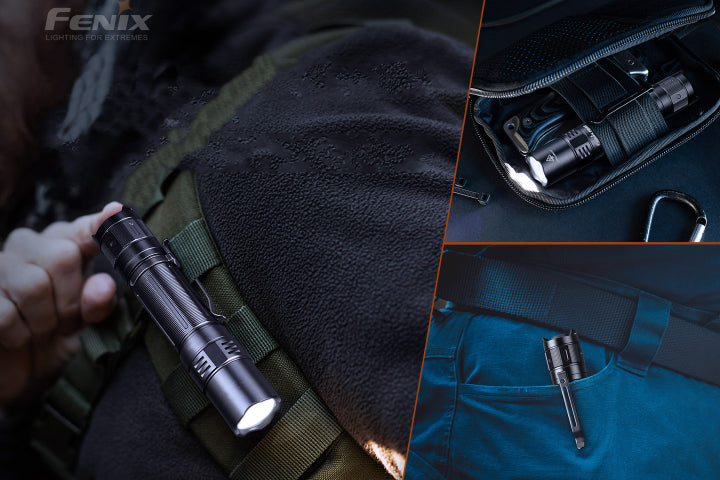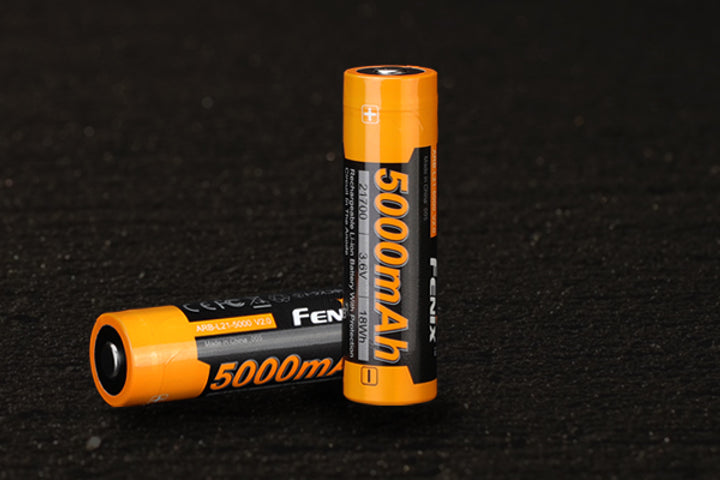Lux, Flux, Lumens... and Other Units of Light
Lux, flux and lumens, oh my! With so many units used to measure visible light, figuring out which light source is best for you can be daunting.
That’s why Fenix has created a guide to teach you everything you need to know about units used to measure visible light.
Understanding the different terms used to characterize light is key when it comes to finding the perfect light source. After reading below, you’ll have more than enough knowledge to decide which light is right for you.
Importance of Understanding Units
You may be wondering how light can be measured if it’s not a physical quantity – and technically, it can’t.However, light does have various physical properties, like wavelength, intensity and speed, that can be measured.
Since light has many properties, there are many different units for measuring them. Although it can get quite complicated, we’ve simplified the most basic methods of measuring to help you find the perfect light.
Photometry
Before learning about units of light, it’s important to understand the concept of photometry.
Simply put, photometry refers to how the visible portion of the electromagnetic spectrum is measured. The electromagnetic spectrum encompasses all types of electromagnetic radiation and visible light.
Some examples of visible light are:
- The sun
- Incandescent light bulbs
- Fluorescent light bulbs
- Halogen light bulbs
- LED
- Laser
Photometry is important to understand because it considers the response of the human eye and focuses on measuring light in terms of brightness versus absolute power.
Although power is also important to consider, units used to measure concepts of photometry are what help us understand variations of visible light.
Photometry primarily consists of four basic concepts:
- Luminous Flux
- Luminous Intensity
- Illuminance
- Luminance
Below, you’ll find a basic breakdown of each concept and learn about the units of visible light used to measure them.
Luminous Flux
The first concept of photometry, luminous flux, is the measurement of total perceived power emitted in all directions by a light source. This concept is also known as “flux”, a term that originates from the Latin word “fluxus” meaning flow.
Luminous flux is measured in lumens (lm). Lumens can be thought of as the overall “brightness” emitted or total light output perceived.
When you’re searching for the perfecting light source, you’ll have to determine how many lumens are appropriate for your designated use. Typically, lumens needed per activity are as follows:
- Reading & everyday tasks: 1-300 lumens
- Night walks, runs & camping: 300-900 lumens
- Mechanics & work light: 1000-1300 lumens
- Hunting, law enforcement & military: 1250-2500 lumens
- Search & rescue: 3000+ lumens
Luminous Intensity
Luminous intensity refers to the amount of light emitted by a source in a particular direction.
This concept is measured by candelas (cd), also commonly called candlepower. This base unit of luminous intensity determines how intense a light beam will be.
For example, a light with a high candela rating can cut through the thickness of fog and smoke. Spot lights and laser pointers always have the highest candela rating since most of their light is focused in a single direction.
Illuminance
The third concept, illuminance, refers to the amount of light that hits a surface.
The unit used to measure illuminance is called lux (lx). To understand how the intensity of light is measured in context, examples of lux levels in natural light conditions are included below.
When it comes to artificial indoor lighting, lux is usually 1000 or below. For example, your typical family living room requires about 50 lux to be illuminated.
Luminance
Lastly, luminance describes the amount of light that is emitted from, passed through or reflected off the surface being illuminated.
The unit used to measure luminance is candela per square meter or more simply, nit (cd/m2). These two units can be used interchangeably and refer to how much light an object emits.
For a basic understanding of luminance values in an everyday setting, view the chart below.
Lux, Flux & Lumens in Action
Now that you have a basic understanding of how visible light is measured, you can apply this knowledge to your search for the best light source.
Below, we’ve included several of our favorite lights that are guaranteed to effectively demonstrate the four basic concepts of photometry through a quality experience.
Fenix LR40R
The Fenix LR40R is a 12000-lumen flashlight specifically made for search and rescue. This flashlight is one of the brightest made by Fenix and is capable of 2536-foot beam visibility. Perfect for finding any object in the dark, this flashlight’s output is guaranteed to impress.
Fenix LR50R
This light source is an outstanding demonstration of units of light. The LR50R performs with 12000 lumens powered by the ARB-L52 16000 rechargeable battery pack. This flashlight is easy to carry and can serve a variety of purposes, including search and rescue missions.
Fenix LR80R
The Fenix LR80R is the definition of a super bright handheld searchlight. This flashlight is powered by its built-in 7.2V/12000mAh Li-ion battery pack and provides 18000 lumens of output. Capable of 1130-meter beam visibility, this unit can be effectively used in any setting that needs some light.
Light Up Your Life
That wasn’t so difficult, right? With your newfound knowledge on lux, flux and lumens, you’re one step closer to the perfect light. Now that you’re ready to light up your life, visit Fenix Store to learn more about units and light sources that will illuminate your space better than any other!


















